Podcast: Download
Subscribe: Apple Podcasts | RSS
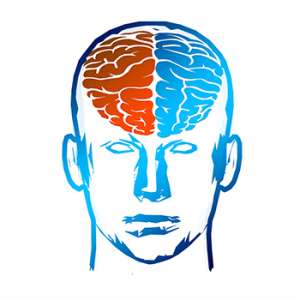 You want memory techniques so you can retain information forever.
You want memory techniques so you can retain information forever.
But you’re overwhelmed by two things:
- The topics you’re learning
- The vast amount of information about memory techniques themselves
With so many different terms and unhelpful advice like “use images,” it can be hard to find the best mnemonic techniques for your learning goals.
The problem ends right here and right now.
That’s because on this page I’m going to share every memory technique that exists.
You might think that’s a tall promise. But I’ll show you why it’s true as we go.
And I’ll show you what kinds of information these mnemonic techniques are best suited to help you learn.
That way, you never have to be confused again.
Before you know it, you’ll be a master of your memory.
Ready?
Let’s dive in!
20 Simple Memory Techniques That Work Wonders
As we go through this list of memory strategies, they are not compiled in any particular order of importance.
In fact, to get the most of your mind, you can easily plan to learn and use all of them.
Just understand that you don’t have to learn all of them overnight. Pick one or two, and bookmark this page so you can easily find it when you’re ready to add on a few more.
One: Pay Attention
As memory expert Harry Lorayne often pointed out in his books and presentations, the number one reason we forget is simple. We aren’t paying attention to the information as it comes in.
Paying attention is useful for all kinds of information, and one simple way to practice getting better at it is when you meet new people.
Before going to your next party or event, make a point of telling yourself that you will pay attention to the names of the people you meet. This tutorial will help you memorize their names.
You can also practice paying more attention as you read. A simple tip is to do a round of progressive muscle relaxation and breathing before using the memory techniques for studying on this page.
I like to sit in a particular way when reading and pretend that I’m “hunting” for details. It helps me pay more attention to the material and pick up the nuances.
Two: Use Associations
Many memory techniques rely upon connecting one thing with another through association.
These associations can be direct or indirect. They can be extremely broad or granular. Either way, the entire strength of this memory technique relies on one simple principle:
Connect (or associate) information you want to remember with information you already know.
For example, a direct association would be meeting a person named Brad and associating him with the actor Brad Pitt. If you do not know Brad Pitt, obviously he would not be an option. Some other person named Brad that you do know would be the better choice.
An indirect association would be memorizing a word in a foreign language or medicine and coming up with something that sounds close enough.
For example, Oliver Sacks does not sound exactly like the sacral plexus, but if you have him crawling the sounds of “Sacks” and “crawl” will trigger the word “sacral” indirectly.
Or, to stick with needing to remember a name like Brad, an indirect association might be to think about brass knuckles or the obscure Skinny Puppy compilation album Brap. Both the words brass and brap are close enough to at least trigger the target information you want to remember.
Why?
Because these choices are based on the sound-association of br in the association and br in the name of the target information.
Three: Use Multisensory Mnemonics
A lot of training material on the use of memory techniques confuses people because they use terms like mnemonic images. This teaching makes it sound like you’re supposed to think in pictures.
Some people certainly can do that.
However, when making associations, it’s important to add other sensations to the images. This activity is important because of the elaborative encoding principle I’ll share with you in a moment.
For now, here’s a handy acronym to help you remember the main types you can make: KAVE COGS.
- Kinesthetic
- Auditory
- Visual
- Emotional
- Conceptual
- Olfactory
- Gustatory
- Spatial
For example, if you have to memorize a last name like “Hamilton,” it’s okay to imagine ham. But you’re much more likely to remember it if you think about how a big slab of ham feels in your hands (and make it weigh a ton).
Then, go further. Imagine how it tastes and smells. Think about how big it is. Imagine having an emotional reaction about it, such as feeling sad that you’ve dropped it on the ground. Hear the sound of it falling.
This form of association is not so much an alternative to the so-called chunking technique you’ve probably come across before. It’s an enhancement of the idea that we can organize what we want to learn into units.
In this case, we’re doing that with our associations, making us freer and faster when we encounter sprawls of information and don’t want to spend time on chunking. (Personally, I rarely chunk because the tactics you’re learning now make the arrangement of like information happen naturally.)
You’ll want to use these aspects of multisensory association frequently. Keep KAVE COGS in mind because it’s tremendously useful for many of the other memory improvement techniques below.
Four: Use A Visual Alphabet
People have been using memory techniques for thousands of years. And as Lynne Kelly has shown in Memory Craft, having a visual alphabet has been profoundly useful to many people throughout history.
Using a mnemonic device like this lets you rapidly draw upon associations you’ve created in advance.
That way, if you come across something like “sacral plexus,” you’re not fishing around in your mind for the perfect association. You’ll already have something that is close enough to at least kick off the association process.
There are many kinds of visual alphabets that a wide variety of memory trainers have taught:
- The pegword method as popularized by Bruno Furst
- The Tree List taught by Kevin Trudeau in Mega Memory
- The Sun List as taught in Jim Kwik’s memory course
- “Mental Lego” as taught in the Magnetic Memory Method Masterclass
- The Composition of Images as taught by Giordano Bruno
- SEM3 as taught by Tony Buzan
There are likely many more names that people have given in their memory improvement books and online memory courses.
The trick to developing your own visual alphabet is to simply write out the alphabet and think of people, objects and actions you’re already familiar with.
To make them really alive in your imagination, apply KAVE COGS to each and every one. Remember: all memory techniques are a lot more powerful when you make your associations multi-sensory.
Five: Word Division
When you start applying your visual alphabet to memorizing information, you’ll sometimes need to memorize long and complicated words.
It’s much easier to apply a visual alphabet to such words by breaking them apart and applying associations one syllable at a time.
For example, the word “triskaidekaphobia” (fear of the number 13) can be broken down in a variety of ways.
Exactly what ways will work best for you requires experimentation. Here’s how I did it:
- Trisk (to associate with a trisket)
- A backdoor patio (a.k.a. a deck)
- Phobia was already known to me, but you could use a phone, Phoebe from Friends, etc.
Notice that the technique is omnidirectional. Sometimes you can be direct, as in using a trisket to represent the trisk sound.
Other times, you have to be indirect, or use an object that has multiple possible terms, such as a patio that can also be called a porch, deck, balcony, etc.
The key is to add in KAVE COGS to make the associations multi-dimensional.
Six: Etymological Association
So far, I have been giving examples that are mostly direct or indirect.
But you can also use the main memory technique of association in an etymological way.
Let’s stick with our triskaidekaphobia example a bit longer.
If you have some skills in this area, you could also notice conceptually that “tri” is in the word “triple.” And that can help you remember that a 3 is involved in the meaning of the word.
The “dek” in triskaidekaphobia may remind you that our word for 10 descends from the Indo-European root dekm-. 10 + 3 is 13, so you think at this level to help remember the 13 part of the target information.
Of course, this tactic assumes that you have some knowledge of how language works.
But several professions rely on some understanding of word origins and you can use a quick analysis of words to help you derive stronger associations. And spending some time studying linguistics is a good thing for everyone to do.
In terms of memorizing this term with the best possible mnemonic, try modeling something like this:
Have a famous person named Tracy riding a tricycle while eating a trisket on a deck.
Next, to make the mnemonic even more effective, imagine this:
Tracy Chapman balancing her tricycle on a skateboard deck instead of a porch deck. She is screaming in fear of the number 13 to help you remember the meaning of the word. This image is weirder and much more memorable as a result.
Seven: Extreme Elaboration
I just mentioned Tracy Chapman balancing a tricycle on a skateboard deck to help memorize a word.
Another memory technique is to exaggerate the image. The scientific term for exaggeration in the art of memory is elaborative encoding.
The stranger you make the image, the more memorable it will be. Adding KAVE COGS is a fast and easy way to elaborate the image and I have some elaborative encoding exercises for you here.
But there’s an element of “know thyself” to this practice. You need to know what’s weird and leaps out to you. Different people experience their imagination with varying degrees of sensitivity, ranging from aphantasia to hyperphantasia and even various types of synesthesia.
The more you explore your imagination, the more you can use it as a highly refined tool. You might not use elaborative encoding to the same extreme as others, but it is important for you to experiment with it so you can discover what will work for you.
Eight: Location-Based Memory Techniques
So far, we’ve discussed various ways to think about associating information we want to learn with ideas, images and objects we already know.
There’s a problem with association on its own, however. When you start making associations, even very strong ones, they wind up floating in the void of your mind.
Sometimes, this presents no problems whatsoever.
More often, however, you wind up facing two issues:
- You cannot “find” your associations when trying to remember the target information
- You cannot scale the amount of associations you make efficiently
Both of these problems were solved long ago by our ancestors who came up with location-based mnemonics.
This is a meta-level form of association where you associate your strange, weird and multisensory associations with locations in space. Many different terms have arisen for this technique:
- Songlines
- Memory Palace (see these examples)
- Memory Castle
- Mind Palace
- Journey Method
- Roman Room
- Method of loci
- House list
- Files (see Ron White)
- Body memory Palace (also Ron White)
- Memory Spaces
- Lukasa (a.k.a. Memory board)
- Hand Memory Palace (see Tyson Yunkaporta)
And there have been many more names in English and other languages. One of my favorites is “apartments with compartments.”
But overall, I prefer “Memory Palace.”
Two Ways to Use A Memory Palace
The technique is simple. There are at least two ways you can use the technique.
First, let’s say you imagined Tracy Chapman balancing a tricycle on the decks of 13 skateboards. If you have a deck (as in a patio or balcony), you could place this mnemonic in that location.
Then, instead of having to only search for one part of the mnemonic to get you back to triskaidekaphobia and its definition, you have the place plus the location to draw upon.
This is a weaker form of the Memory Palace technique, but I use it some of the time.
The second, much more powerful version is to have a Memory Palace Network. By having a number of Memory Palaces set up in advance, you’re able to save time, scale the amount of associations you can assign and readily find.
Even better, you can use a process called Recall Rehearsal that helps usher the target information into long term memory very quickly.
Indeed, the Magnetic Memory Method has helped many people use both the Memory Palace Network and Recall Rehearsal to remember many things. I’ve compiled many of their experiences with this blend of memory techniques here.
Does This Memory Technique Really Work?
In a word, yes.
Using the Memory Palace technique or any of its variations isn’t for everyone. It requires a bit of setup and some people aren’t willing to put in the time to learn and practice it, even though the benefits have been demonstrated many times by scientists.
Some scientific studies you might want to read include:
- Durable memories and efficient neural coding through mnemonic training using the method of loci
- Australian Aboriginal techniques for memorization: Translation into a medical and allied health education setting
- Mnemonic Training Reshapes Brain Networks to Support Superior Memory
The latter scientific article was co-authored by neuroscientist and memory champion, Boris Konrad.
Nine: Use Spaced Repetition
The Recall Rehearsal process I just mentioned is an advanced form of spaced repetition that does not use an app. In fact, your mind and your Memory Palaces are the app.
But you can also use:
- Flashcards
- Software like Anki and Traverse
3x World Memory Champion and medical professional Alex Mullen says that approximately 25% of what he memorized for school involved combining Anki with the kind of elaborated associations explored above.
Notice that Mullen is not talking about Anki on its own. That would be rote learning. Spaced repetition works best when you avoid using it to repeatedly show yourself the information and use active recall instead.
Ten: Active Recall
Active recall is related to everything we’ve already discussed, with a few nuances worth paying attention to.
It is a process where you deeply personalize what you’re learning and make sure that you bring variety to the game.
Using mnemonics as we’ve discussed is the fastest and easiest way to personalize the learning journey. And when you use multiple Memory Palaces, you’re getting a ton of variety.
But there’s one more aspect to active recall that matters above all. It’s a process, and here are the steps.
- Get a notebook or piece of paper
- Bring to mind the memorized information through actively questioning what you learned
- Write it down
This specific process has been shown to help more students with greater accuracy levels.
Eleven: Use Number Systems
Now that you know about association, location-based techniques and spaced-repetition, let’s talk about memory techniques for dealing with numbers.
These approaches are related to the systems for memorizing words, but operate a bit differently.
There are a few of them:
- Number Rhyme System
- Number Shape System
- Symbol system for mathematical functions and operators
- Major System
- 00-99 PAO System
- The Ben System
- Dominic System
- The Shadow System (discussed here with Braden Adams)
I personally use a combination of systems for different purposes. The only ones I don’t use are the Dominic System, the Ben System and the Shadow System.
These feel more complex than needed for my purposes, but some people swear by them, particularly memory athletes.
There’s lots to love about having numbers systems in your toolbox. Let’s look at why next.
Twelve: The Magnetic Bookmark
Once you’ve decided on your number system, you can readily use any page number to memorize some of the content on that page itself. This is an alternative to my main textbook memorization tactic.
Even if you read digital books, you’ll be able to use the location number to use this technique.
Let’s say you find an interesting fact you want to memorize on page 92. If you have images for numbers, maybe you have 92 for Peter Pan (because in the Major System 9 is a p and 2 is an n).
You can now associate that fact with Peter Pan using the memory techniques described above. With this technique, you’ll probably want to limit your use to 3 facts per page.
On the one hand, this doesn’t sound like a lot of information. However, look at this way:
If you can’t memorize 3 things, you won’t be able to memorize 300.
Plus, you can use the technique in real time without having a Memory Palace prepared in advance.
Thirteen: The Pre-Numbered Memory Palace
In many of the Renaissance, Medieval, Roman and Ancient Greek memory instructions, you are taught to place a golden hand on every 5th station.
This simple tactic helps you remember key parts of the journey. And if you’re remembering a list, you can work out what number each item is by doing a bit of simple math.
However, why not use a 00-99 PAO to easily know the number of every station in your Memory Palaces? This technique is especially powerful for memorizing scripture, poetry or philosophical texts where it’s useful to know the line or section numbers.
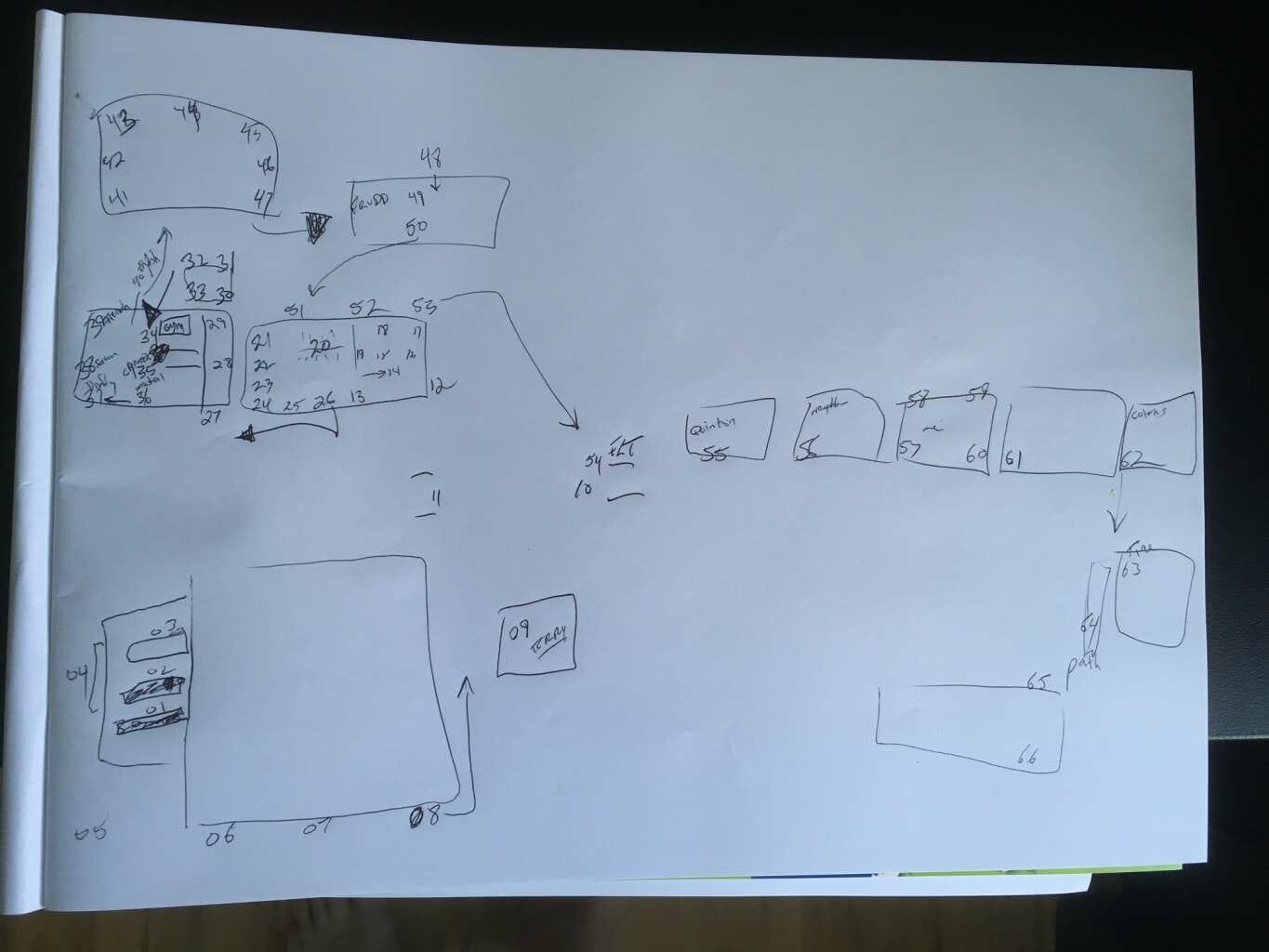
Fourteen: Strategic Copying
Sometimes memory isn’t the problem. Understanding is.
For example, charts and diagrams can often be difficult to remember because you haven’t quite comprehended the data.
In this case, it’s useful to copy out the graph or chart in your own hand. This is a trick I learned from Tony Buzan at one of his ThinkBuzan events.
Using multiple colors can also help you bring diagrams to life in your imagination.
Fifteen: Mind Mapping
Tony Buzan originally taught mind mapping as a memory technique, but abandoned this aspect in favor of mind mapping for creativity and planning.
I’ve often thought that this decision was premature.
In reality, any mind map can be a Memory Palace provided you use it strategically. One way to do this is to use a maximum of twelve spots on the mind map, as if it were a clock.
Here’s a clock and several other mind mapping examples. They will give you an idea of the options you have when it comes to remembering more through mind mapping.
Sixteen: Interleaving
Interleaving is a fancy word for “switching things up.” Except instead of randomly closing one book and picking up another, you do it strategically.
There’s scientific proof that interleaving works, and I practice it within tightly defined study clusters.
For example, at the moment I’m studying Qigong, a special topic in music, the history of detective fiction and logic. I read for relatively brief blasts of time in one book before switching to the other.
The breaks in between promote diffuse thinking and give the brain time to percolate the ideas and make connections between topics on its own.
Seventeen: Tell Stories
Anytime you want to remember something better, you can tell yourself the information in the form of a story.
If you’re trying to remember a legal precedent, for example, translate the dry language of the case into a more vibrant scenario in your mind. Imagine the individuals involved in the courtroom and in the situations that led to the case in the first place.
You can also combine the story method with linking and place what you’ve come up with in a Memory Palace.
It can also be helpful to combine details you want to remember with the stories of movies and novels you know well. Or you can import characters from stories you love into the pages of boring textbooks by using the Magnetic Bookmark technique.
Eighteen: Journal
Journaling has been shown to improve working memory.
Even better, it can help reduce negative thoughts and worries that prevent you from paying attention properly in the first place.
It’s possible that seeing ideas in your own handwriting activates a level of visual memory that aids in both short term and long term recall.
Nineteen: Teach
They say that when you teach something, you learn it twice.
Teaching is a great memory technique for precisely that reason. But it also deepens your understanding and enhances your sensitivity to the nuances.
You can keep teaching relatively simple too. By simply explaining to at least one other person something you’ve learned, you’ll remember it better.
And if you can’t find someone to talk with for these purposes, you can also explain it to yourself.
In fact, teaching yourself also connects with the Feynman technique, a means of guiding yourself while learning.
Twenty: Activities That Supplement Memory Techniques
Finally, there are a number of things you can do to make sure that memory techniques work better for you.
These tactics work because your mind and memory is the product of your brain. The healthier your body and brain, the better your memory will work.
All you have to do to get more out of your brain is:
- Eat foods that improve memory
- Limit injuries
- Sleep properly
- Get enough exercise
- Be social as often as possible
- Avoid digital amnesia
- Get regular brain exercise
- Use neurobics
- Learn languages
Memory Strategies That Make Life More Enjoyable
So there you have it:
A masterclass in twenty memory techniques you can use to boost your knowledge of any number of topics. In fact, I’ve covered each and every possible information type in this post:
- Words
- Numbers
- Symbols
- Images
Although all of these techniques are simple, simple doesn’t mean easy.
Don’t be a dabbler, or someone who burns through a list and says, “that’s nice, but too much work.”
That’s how people miss out on the mastery of their memory.
Be the person who spends some time with each and every technique.
Really understand their ins-and-outs.
Apply them to multiple kinds of information.
Want help learning more? Get my FREE Memory Improvement Course now:
If you were to spend just two weeks with each technique, within a year, you would have learned enough to be an expert in any topic you choose.
You have to realize that your memory is much more than just a sponge.
It’s a launching pad that can help you navigate the rocketship of your mind to realize all of your dreams and fantasies.
And the only person who gets to pilot that rocketship is you.
These techniques can be your rocket fuel.
Make it happen. Your future self is counting on you.
Related Posts
- Memory Improvement Techniques For Kids
You're never too young to get started with memory techniques
- Surviving PTSD With The Help of Memory Techniques Featuring Nicholas Castle
Nicholas Castle used memory training and memory techniques to help heal his PTSD. Listen to…
- The Memory Code: Prehistoric Memory Techniques You Can Use Now
Lynne Kelly, author of The Memory Code, shares her personal experiences learning ancient memory techniques…


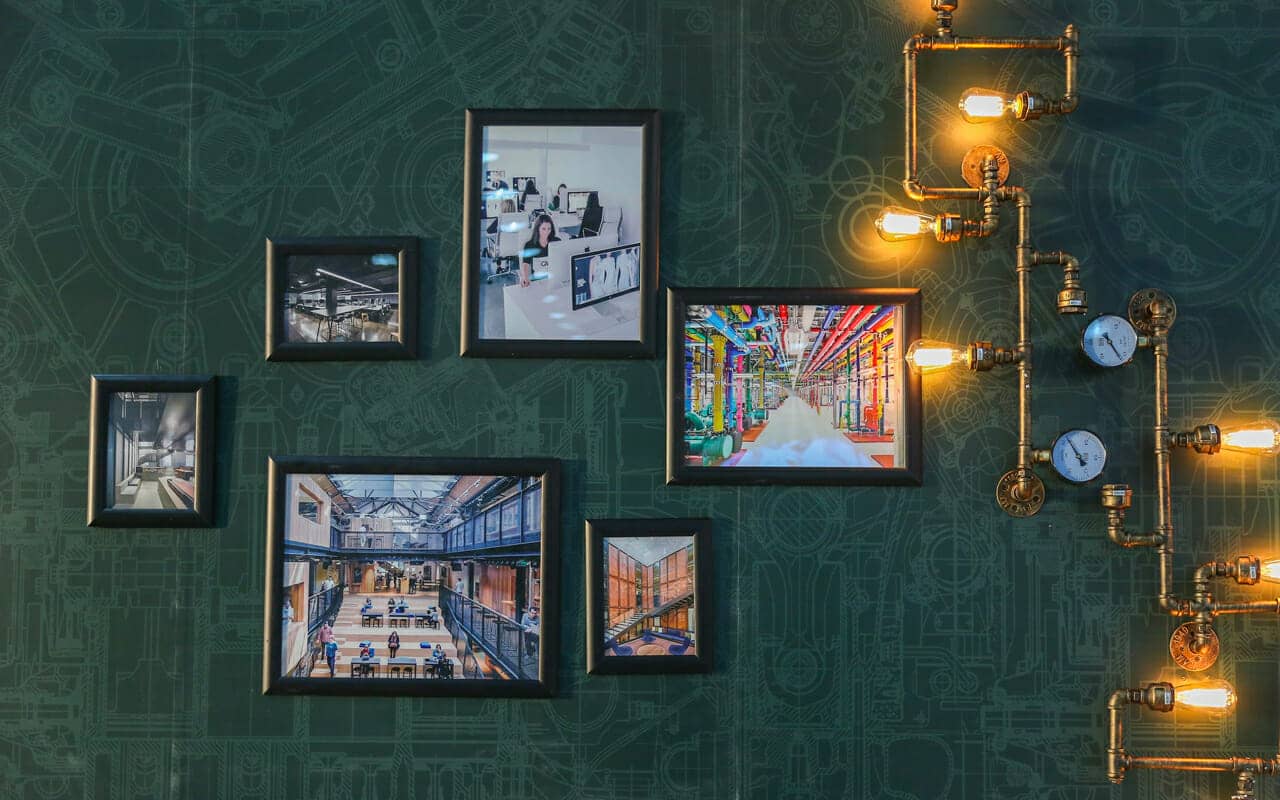
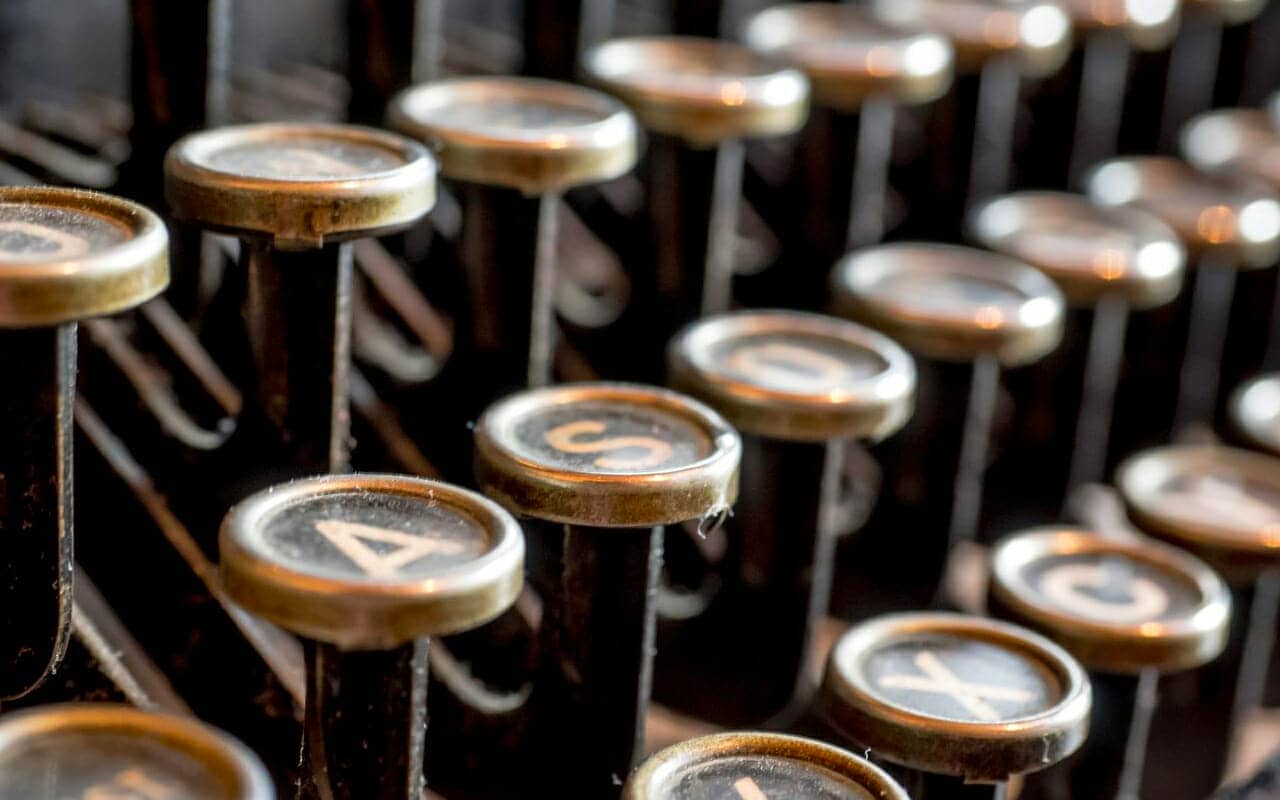





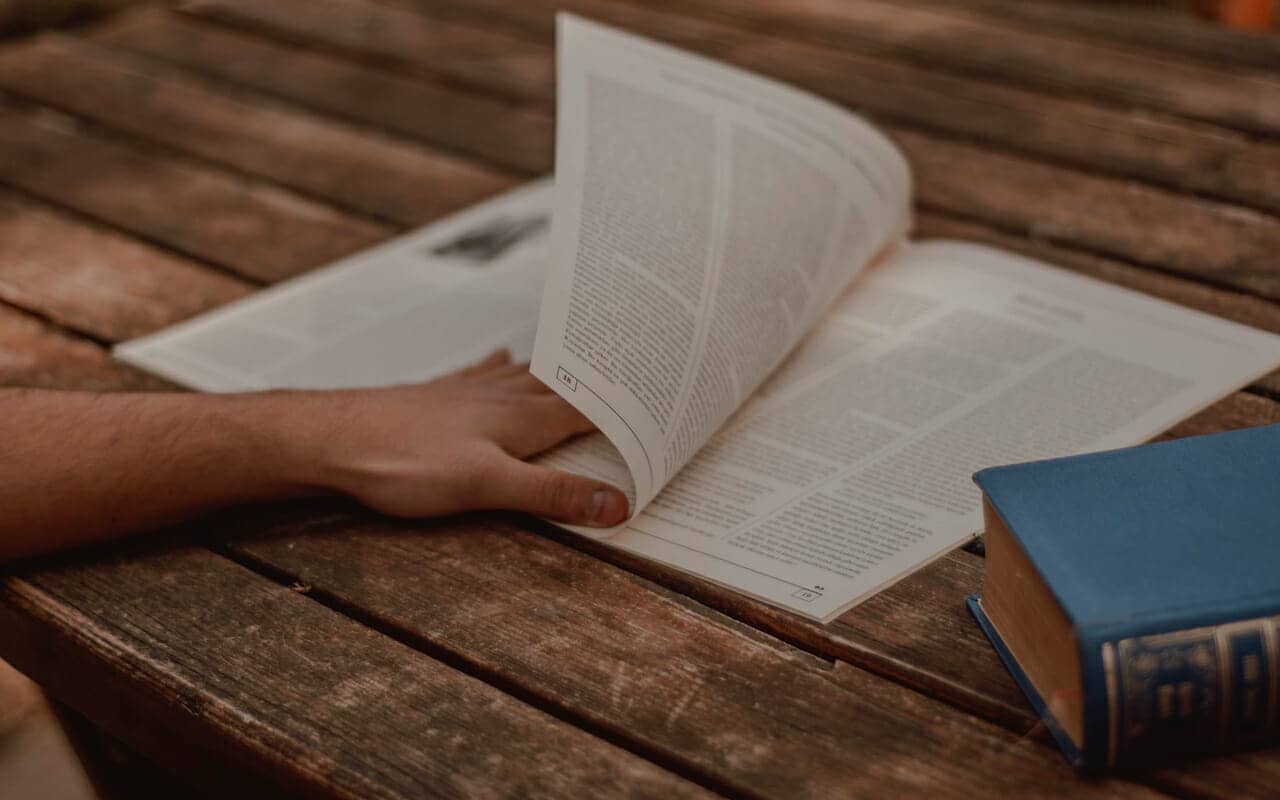
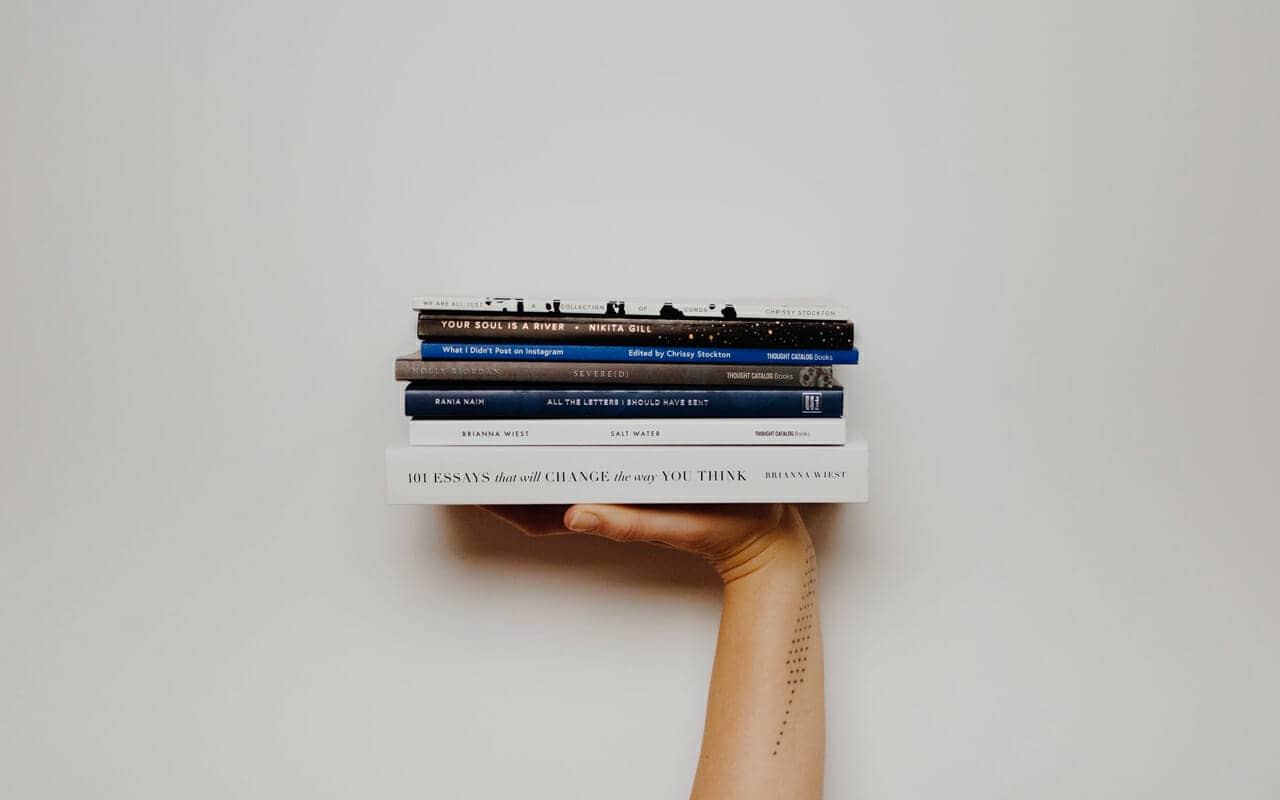






4 Responses
When you talk about 12 stations on a clock, you can double that after 12 you go to 13 (which is military time) so you get 24 stations.
Beautiful!
Thanks so much for taking a moment to share this next-level thinking!
This article is a comprehensive and practical explanation of memory techniques. Anthony is a gifted teacher offering many practical insights to improve our ability to recall.
Thanks so much for stopping by, John. Happy to serve!